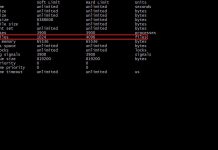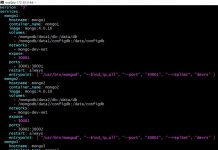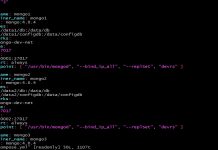Updated on Nov 15th 2020.
On a busy website, there can be several reasons why your site is rendering slowly. You might have a lot of poorly developed plugins or a poorly tuned server, some of the reasons could be front end related and some just related to the way WordPress runs and uses the database. A cache can make a big difference on a busy server. It can reduce lookup to the database and speed up the page generation process.
MySQL is a fast database and if you have read-only slaves added in your database cluster your site can benefit tremendously from them. However, for a small business or a blog which cannot afford to use a database cluster, a cache solution will speed up things by a lot. The popular in-memory stores are Memcached and Redis and they are amazingly fast as they store data in the server memory.
The Amazon ElastiCache service supports both Memcached and Redis which can be used to cache frequently used items by WordPress. If you can afford a distributed cache, then it is definitely a good service to consider. If your site is still quite small but you want to optimize it and make it fast, consider installing Redis on your server and using a WordPress plugin which makes use of this cache.
I am not going to go over which solution or service is the best for your site or review Memcached and Redis. I choose to go with Redis and in this
Procedure
You should have full root access to the server as you will need to install
Steps
Login to your server and create a temporary work directory and cd to it. This directory will serve as our base for compiling the software. After installation is done, you can go ahead and remove the temporary work directory. Use wget to download the software, extract it using tar and cd into the source directory.
I recently migrated my blog to the latest Bitnami WordPress available under AWS Lightsail. The new server happens to be Debian and these instructions worked there as well.
mkdir ~/work && cd ~/work
wget https://pecl.php.net/get/redis-VERSION.tgz
tar -xvf redis-VERSION.tgz
cd redis-VERSION
phpize
./configure
make
sudo make install
Replace VERSION.
Next step is to enable the module in the php.ini file by adding this line to the end:
extension=redis.so
If you are not sure where your PHP Configuration
php -ini | grep 'Loaded Configuration' Loaded Configuration File => /opt/bitnami/php/etc/php.ini
Check that the module was correctly installed with the following command:
php -m | grep redis
At this point our installation is complete and our extension is loaded. If possible we should confirm by stopping and starting our site.
sudo /opt/bitnami/ctlscript.sh stop sudo /opt/bitnami/ctlscript.sh start
Next step is to install a plugin which will enable ObjectCache. I installed the Redis Plugin from https://wordpress.org/plugins/redis-cache/
You can try other Redis plugins if you wish.
Follow the plugin installation guide which is as simple as installing, activating the plugin and enabling the Object Cache under Settings -> Redis.
From the command line if you run the commands to lookup statistics, you should see some data showing cache usage.
redis-cli --stat

Note:
It is a good idea to keep an eye out for newer version of packages as they may include security fixes or important updates. You can follow the same procedure listed here and update to a newer version.
Disclosure:
I am not promoting any plugin nor am I getting paid to list any plugins here. The views are my own and this post is just to highlight how to use Redis with WordPress. You can choose either Memcached or Redis or any other service not listed here and the appropriate plugin for it.
Further Reading
- https://codex.wordpress.org/Class_Reference/WP_Object_Cache
- https://redis.io/documentation
- https://docs.bitnami.com/installer/apps/wordpress/configuration/install-modules-php/

























